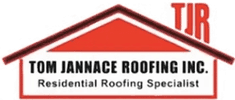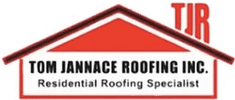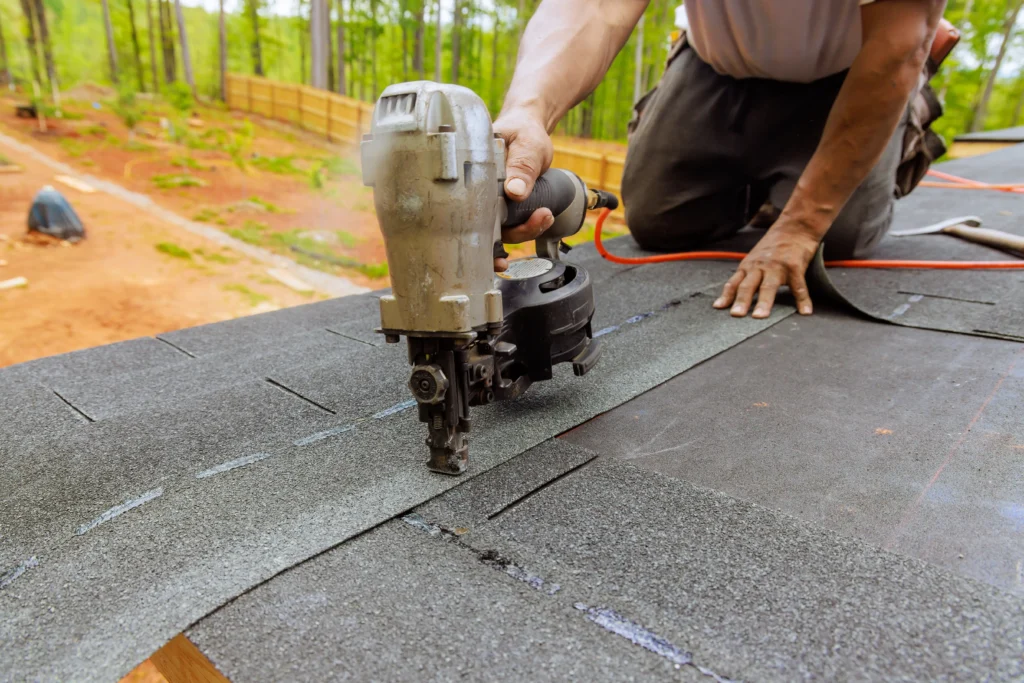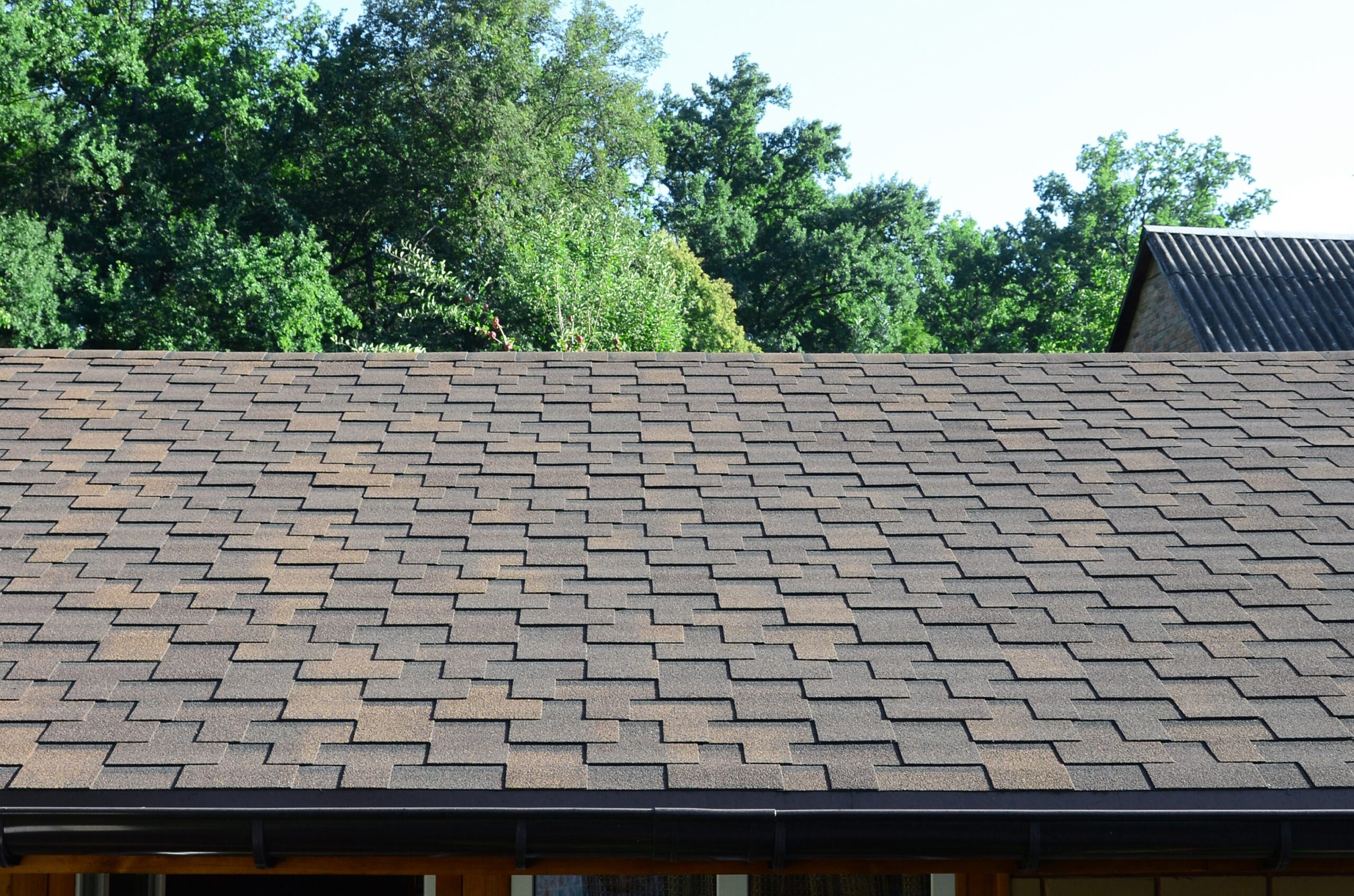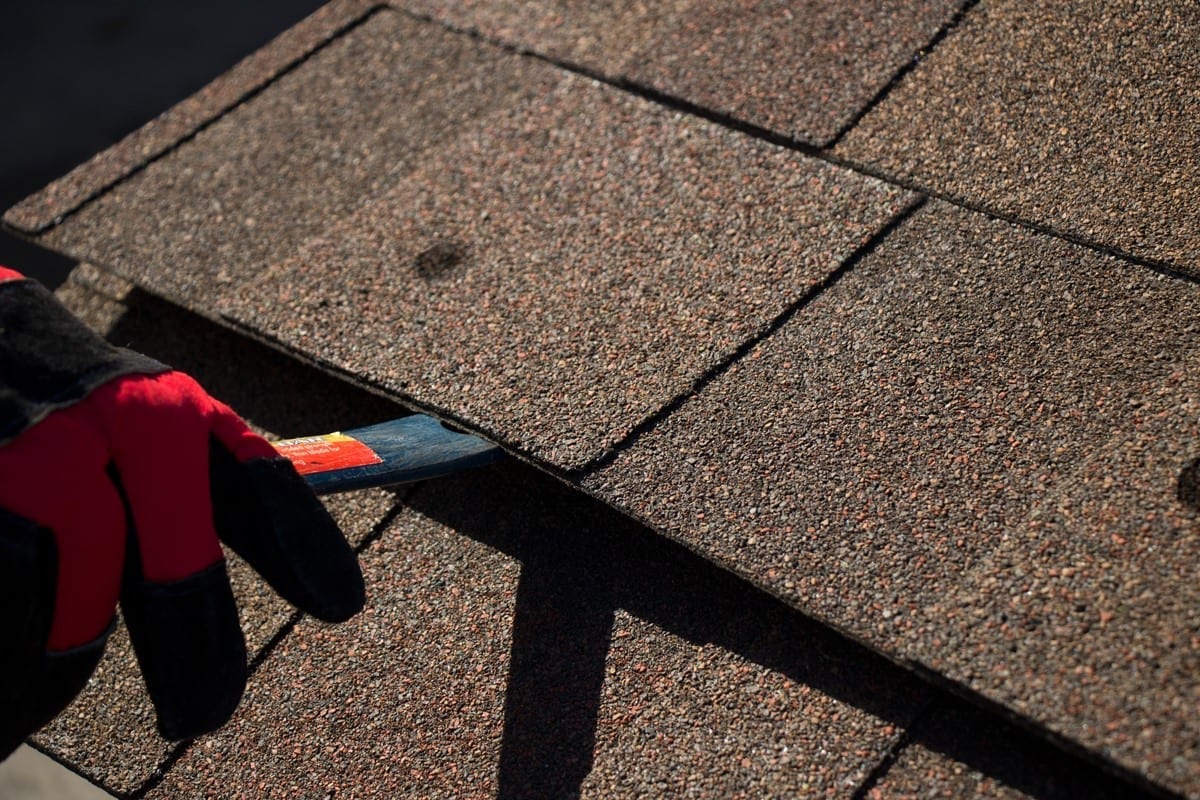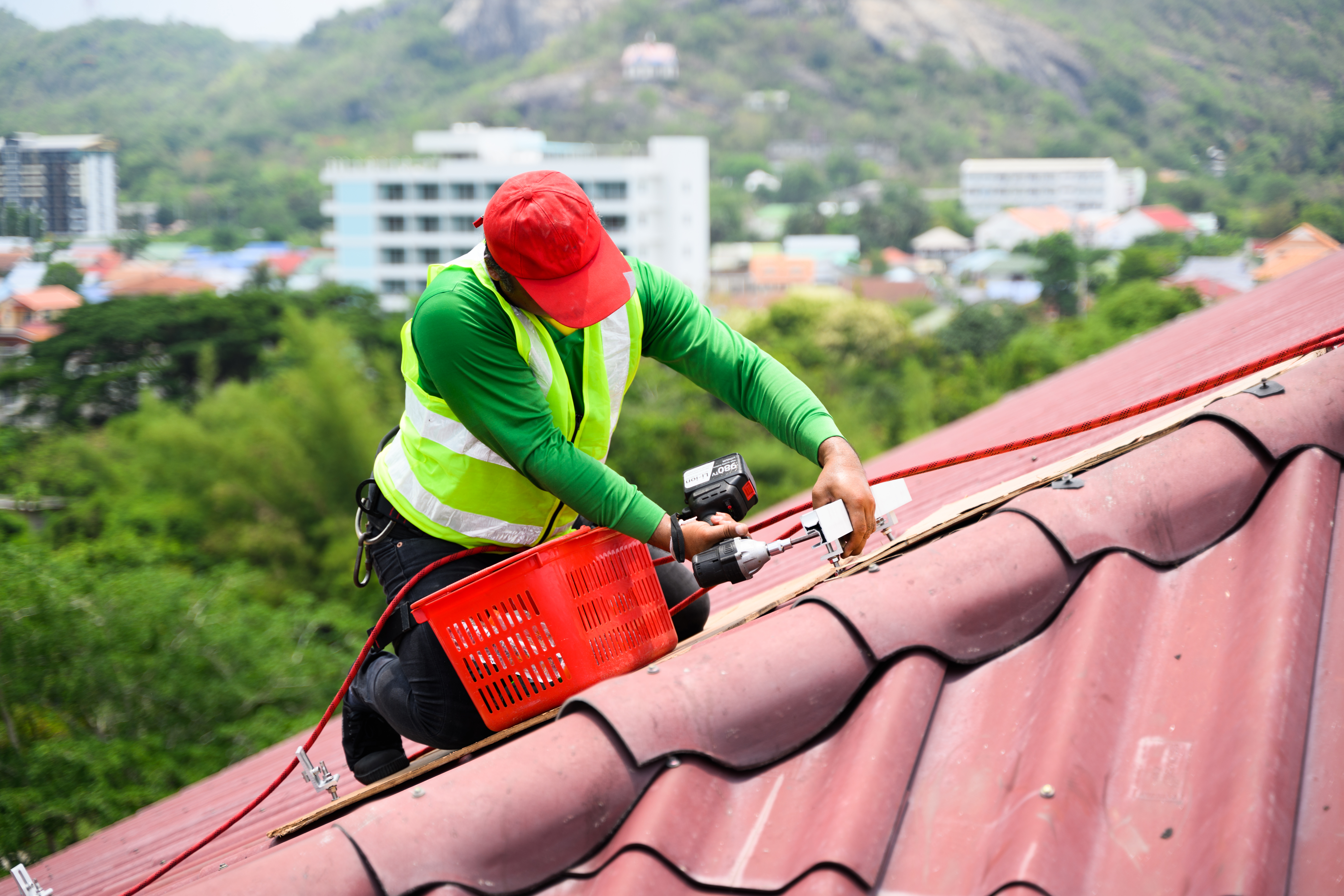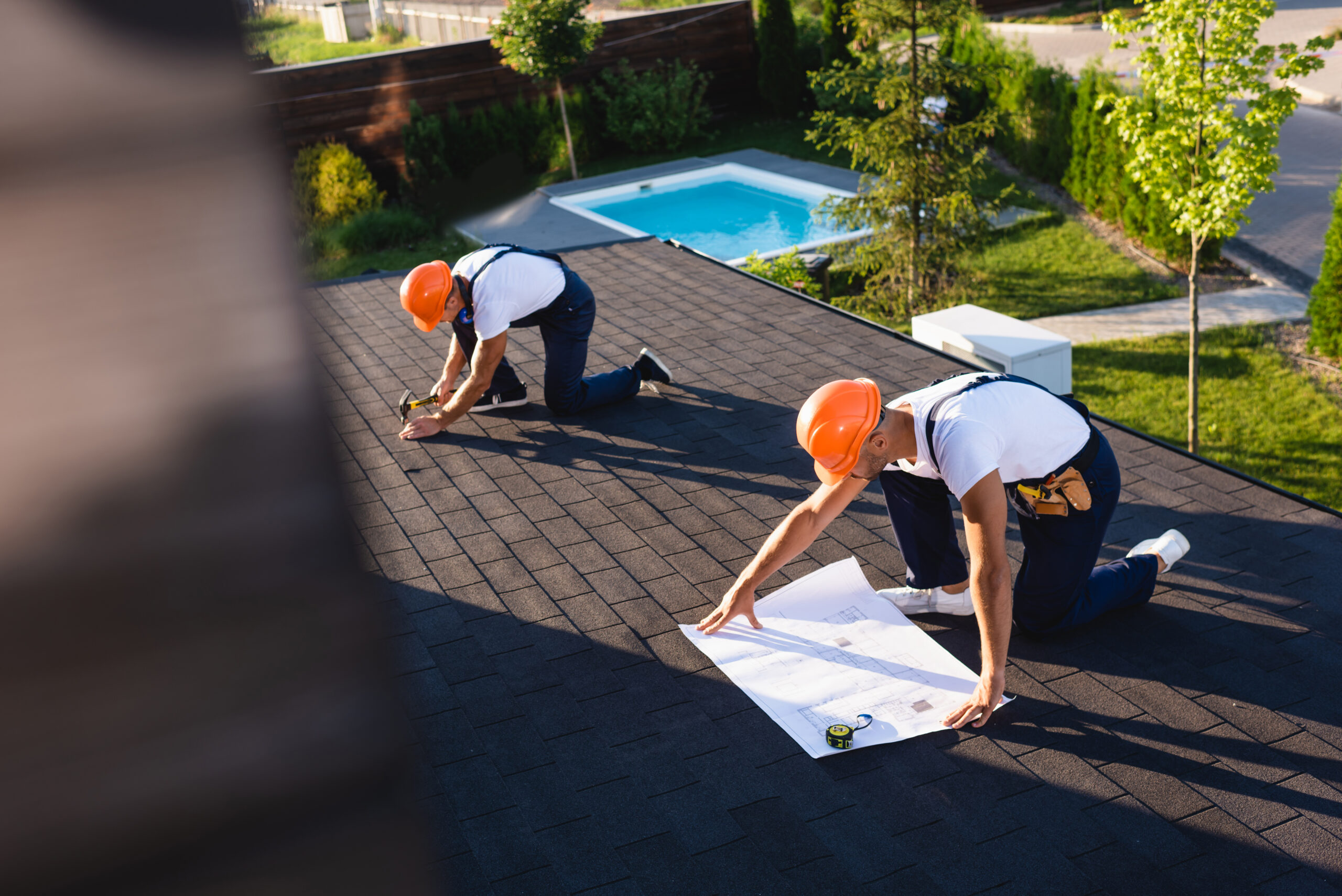Storm Damage Roof Repair Guide | Free Inspection NY
Storm damage roof repair addresses destruction caused by hail, high winds, falling tree limbs, and heavy rain requiring immediate professional assessment and restoration. The average roof repair cost in 2025 is $750 nationally, though storm-related damage often exceeds this due to complexity and insurance requirements.
U.S. roofing repair and replacement costs reached nearly $31 billion in 2024 according to Verisk, representing a 30% increase since 2022. With 5,373 hail events recorded by NOAA in 2024 alone, homeowners face growing risks requiring proactive inspection and rapid response when storms strike.
Table of Contents
- Recognizing Common Storm Damage Signs on Your Roof
- Understanding Homeowners Insurance Coverage for Storm Damage
- Choosing a Qualified Roofing Company After Storm Events
- Hail Damage, Water Intrusion, and Long-Term Roof Protection
- FAQ
- Conclusion
Recognizing Common Storm Damage Signs on Your Roof
Storm damage manifests through multiple indicators requiring prompt identification to prevent secondary damage like water intrusion and structural deterioration. Wind, hail, and falling debris create distinct patterns homeowners must recognize quickly.
Common storm damage includes missing or lifted shingles, granule loss exposing asphalt, dented metal components, cracked tiles, torn flashing, and visible punctures from tree limbs. Interior signs like water stains, sagging ceilings, or attic moisture indicate roof deck compromise requiring immediate attention.
Professional Roof Inspection Process
Nearly 38% of U.S. homes have roofs in moderate to poor condition according to 2025 industry reports, making post-storm inspections critical. Professional roofing contractors examine shingle integrity, flashing condition, ventilation systems, and structural components invisible from ground level. Mississippi State University Associate Professor Saeed Rokooei recommends professional inspections at least annually, with additional checks after major storms.
Contractors offer free inspections specifically targeting storm damage patterns. They document granule loss, bruising from hail impacts, wind-lifted edges, and compromised roof deck integrity. This documentation becomes essential for filing insurance claims and determining whether repairs or complete replacement proves more cost-effective for your roof system.
Common Storm Damage Signs Checklist
Homeowners can perform preliminary assessments using binoculars from ground level. Look for these indicators:
- Missing, cracked, or curling shingles exposing underlayment
- Shingle granules accumulating in gutters or downspouts
- Dented or damaged metal flashing, vents, or gutters
- Tree limbs puncturing or resting on roof surfaces
- Sagging sections indicating roof deck damage
- Dark spots or water stains on interior ceilings
- Daylight visible through attic boards
- Increased energy bills from compromised insulation
Document storm dates and photograph visible damage immediately. Insurance companies scrutinize claim timing, and contemporaneous documentation strengthens your position when filing claims for storm-related roof damage.
Understanding Homeowners Insurance Coverage for Storm Damage
Homeowners insurance typically covers sudden storm damage from wind, hail, fallen trees, and related perils. However, coverage specifics vary significantly between policies, with insurers tightening requirements following $3.8 billion in hail damage claims paid by State Farm alone in 2024.
Standard policies cover storm damage repair or replacement when caused by covered perils like wind, hail, or falling objects. Coverage excludes gradual deterioration, poor maintenance, and age-related wear. Deductibles apply, and insurers increasingly require strict documentation and code-compliant work before approving claims.
Filing A Claim After Storm Damage
Contact your insurance company immediately after discovering storm damage. Insurers typically provide 24-48 hour response windows for claim initiation. Document everything through photographs showing overall roof condition, close-ups of specific damage, and interior water intrusion if present. Create detailed written descriptions noting storm dates and initial damage observations.
Professional roofing contractors assist with insurance claim processes by providing detailed damage assessments matching insurer requirements. They identify all storm-related issues, preventing incomplete repairs leaving your roof vulnerable to future problems. Quality contractors work directly with insurance adjusters, explaining technical aspects and ensuring approved scopes cover necessary repairs comprehensively.
Insurance Claim Process Steps
Mini-Case: In February 2024, Missouri experienced unexpected hailstorms producing over 8,500 insurance claims within weeks. Homeowners with documented inspection reports and immediate claim filing secured faster approvals, while delayed claims faced increased scrutiny regarding damage causation and timing.
The claim process follows these stages:
- Report damage to your insurance company within policy timeframes
- Schedule professional roof inspection documenting all damage
- Meet with insurance adjuster for property assessment
- Review adjuster’s estimate against contractor’s assessment
- Negotiate discrepancies with professional documentation support
- Obtain claim approval before authorizing repair work
- Complete repairs using approved contractors meeting code requirements
- Submit final documentation for claim settlement
Insurance carriers now require stricter documentation, higher deductibles, and code-compliant scopes before payment according to industry experts. This makes working with experienced contractors familiar with insurance requirements essential for successful claim resolution.
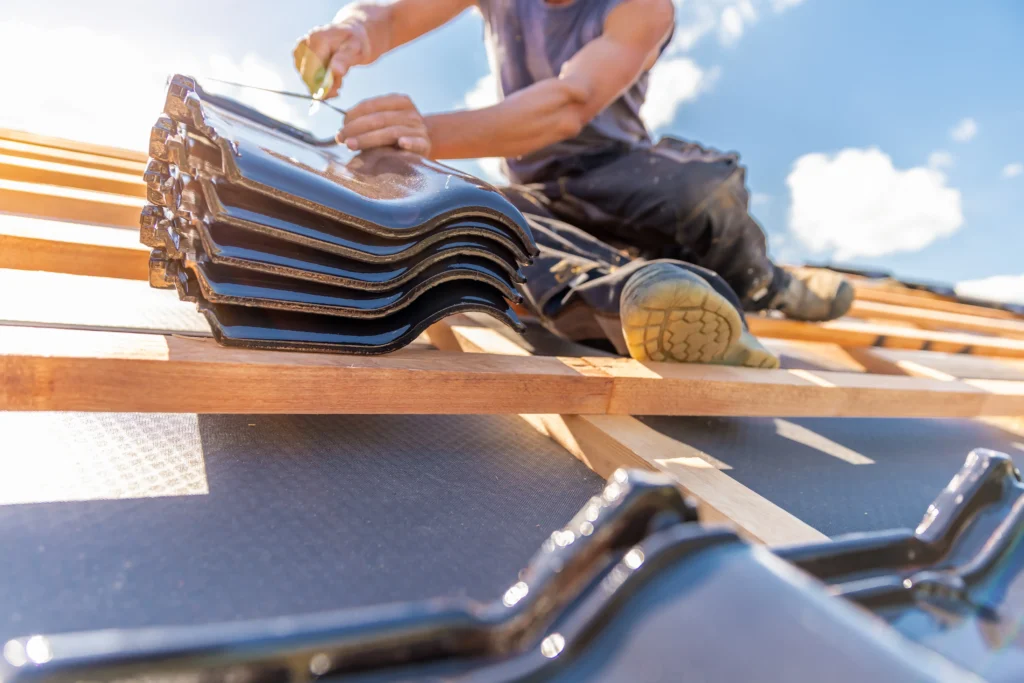
Choosing a Qualified Roofing Company After Storm Events
Selecting qualified roofing contractors determines repair quality, insurance claim success, and long-term roof system performance. Storm events attract inexperienced operators and fraud schemes targeting vulnerable homeowners needing immediate assistance.
Quality roofing companies maintain proper licensing, insurance coverage, local references, manufacturer certifications like GAF, and established business histories. They provide written estimates, use quality materials, employ trained crews, and offer warranties protecting your investment beyond basic repairs.
Contractor Selection Criteria
Tom Jannace Roofing Inc. exemplifies qualified local contractors, serving Suffolk County since 1990 with GAF certification and A+ BBB ratings. Established contractors maintain physical locations, verifiable references, and long-term community presence ensuring accountability. They employ trained technicians rather than subcontractors, maintaining quality control throughout projects.
Verify contractor credentials through multiple sources. Check state licensing boards, Better Business Bureau ratings, manufacturer certifications, and insurance coverage including general liability and workers compensation. Request recent customer references specifically for storm damage repairs. Established companies willingly provide detailed documentation demonstrating their qualifications and experience.
Roofing Company Red Flags
Avoid contractors exhibiting these warning signs:
- Demanding large upfront payments before work begins
- Offering unusually low bids compared to competitors
- Pressuring immediate decisions without written estimates
- Lacking local addresses or verifiable business locations
- Unable to provide proof of insurance and licensing
- Suggesting insurance fraud or claim inflation
- Using subcontractors without proper oversight
- Offering to pay insurance deductibles
Expert Tip: Never sign contracts waiving lien rights until final payment. Reputable contractors protect your property through proper lien waivers from material suppliers and subcontractors, preventing legal complications after project completion.
Hail Damage, Water Intrusion, and Long-Term Roof Protection
Different storm types create distinct damage patterns requiring specialized repair approaches. Hail damage, wind uplift, water infiltration, and debris impacts each compromise roof systems differently, necessitating comprehensive assessment and targeted restoration.
Hail creates bruising and granule loss weakening shingles, wind lifts edges allowing water entry, fallen tree limbs puncture roof deck layers, and standing water from clogged gutters accelerates deterioration. Combined damage requires complete roof system evaluation including attic ventilation, roof deck integrity, and flashing condition.
Hail Damage and Roof Deck Integrity
NOAA recorded 133 hail days in 2024 exceeding the 20-year average of 121 days per season. Hail measuring 1.5 inches or larger dents metal, cracks tiles, and bruises asphalt shingles causing immediate and progressive damage. Impact creates depressions removing protective granules, exposing asphalt to UV degradation and accelerating shingle failure.
Roof deck assessment determines structural integrity following severe storms. Water intrusion from damaged shingles compromises plywood or OSB decking, creating sagging, rot, and potential collapse. Professional inspections identify hidden deck damage invisible from exterior examination. Proper attic ventilation prevents moisture accumulation that weakens roof structures even without direct storm damage.
Water Damage Prevention and Long-Term Maintenance
Wind and hail account for more than half of all residential roof claims according to Verisk data, with non-catastrophic wind/hail claims increasing from 17% to 25% since 2022. This escalation demands proactive maintenance preventing minor issues from becoming major repairs. Regular inspections identify deteriorating components before storms exploit vulnerabilities.
Clogged gutters create standing water backing under shingles, accelerating roof leak development. Tree limbs overhanging roofs drop debris blocking drainage while providing pathways for storm damage. Professional maintenance includes gutter cleaning, debris removal, flashing inspection, and shingle replacement addressing pre-storm weaknesses protecting your home during weather events.
Long-term roof protection requires addressing storm damage completely rather than temporary patches. Incomplete repairs leave roof systems vulnerable to progressive deterioration, voiding warranties and creating repeated insurance claims. Quality contractors ensure repairs integrate seamlessly with existing roof components, maintaining system integrity and manufacturer warranty coverage.
FAQ
How quickly should I address storm damage to my roof?
Address storm damage within 24-48 hours to prevent secondary water damage and mold growth. Contact insurance companies immediately for claim initiation, and schedule professional inspections documenting all damage. Temporary tarping protects against additional water intrusion while awaiting permanent repairs.
Does homeowners insurance cover all types of storm damage?
Standard policies cover sudden damage from wind, hail, falling trees, and related perils. They exclude gradual wear, poor maintenance, and age-related deterioration. Review your policy’s specific coverage limits, deductibles, and exclusions. Some insurers now limit or exclude coverage for roofs exceeding certain ages.
Can I perform temporary storm damage repairs myself?
Temporary measures like tarping prevent additional water intrusion but require proper installation avoiding further damage. Professional contractors provide emergency services securing roofs safely. Insurance companies may deny claims if improper temporary repairs worsen damage or violate policy requirements for professional restoration.
How do I know if storm damage requires repair or complete replacement?
Professional inspections assess damage extent, remaining roof lifespan, and cost-effectiveness of repairs versus replacement. Damage exceeding 25-30% of roof area often warrants replacement. Insurance adjusters and contractors evaluate whether repair costs approach replacement expenses, making full replacement more economically sensible long-term.
Conclusion
Storm damage roof repair requires immediate professional assessment, proper insurance claim documentation, and qualified contractor selection ensuring complete restoration protecting your home. With U.S. roof claim costs reaching $31 billion in 2024 and storm frequency increasing, proactive inspection and rapid response prevent minor damage from escalating into major structural problems.
Quality contractors like Tom Jannace Roofing provide comprehensive evaluations identifying all storm-related damage, work directly with insurance adjusters securing appropriate claim approvals, and deliver expert repairs using premium materials backed by manufacturer certifications and workmanship warranties.Get a free professional roof inspection from Tom Jannace Roofing Inc. today. Serving Suffolk County, NY since 1990 with GAF certification, A+ BBB rating, and full insurance coverage. Call (631) 751-4734 or visit our Stony Brook location for immediate storm damage assessment and expert repair solutions protecting your home for decades.
